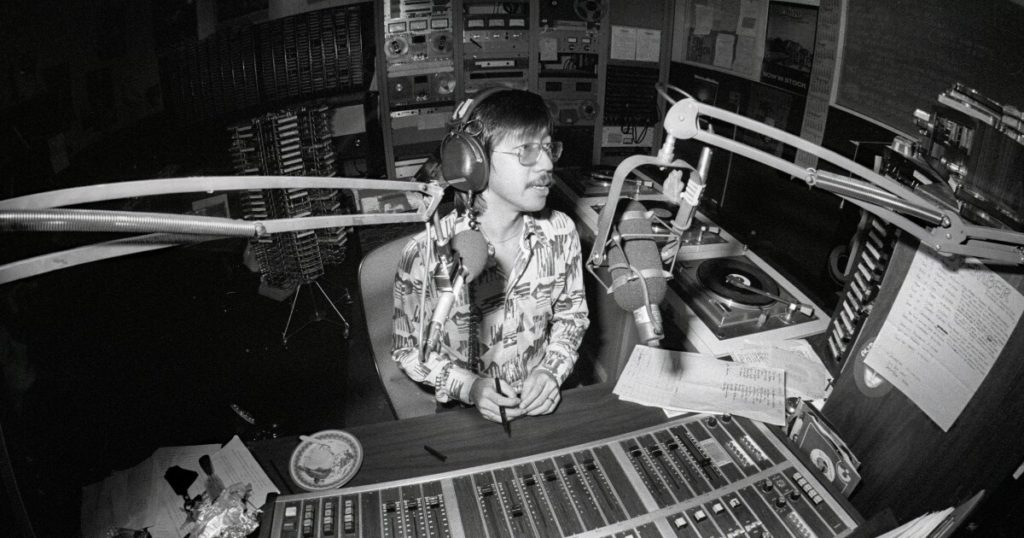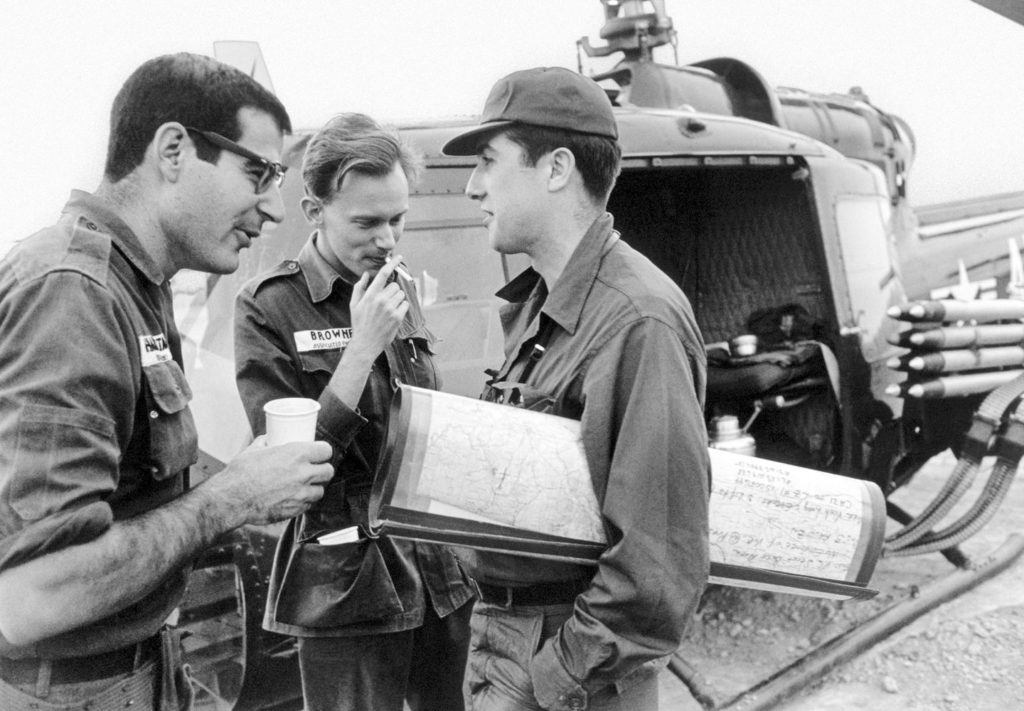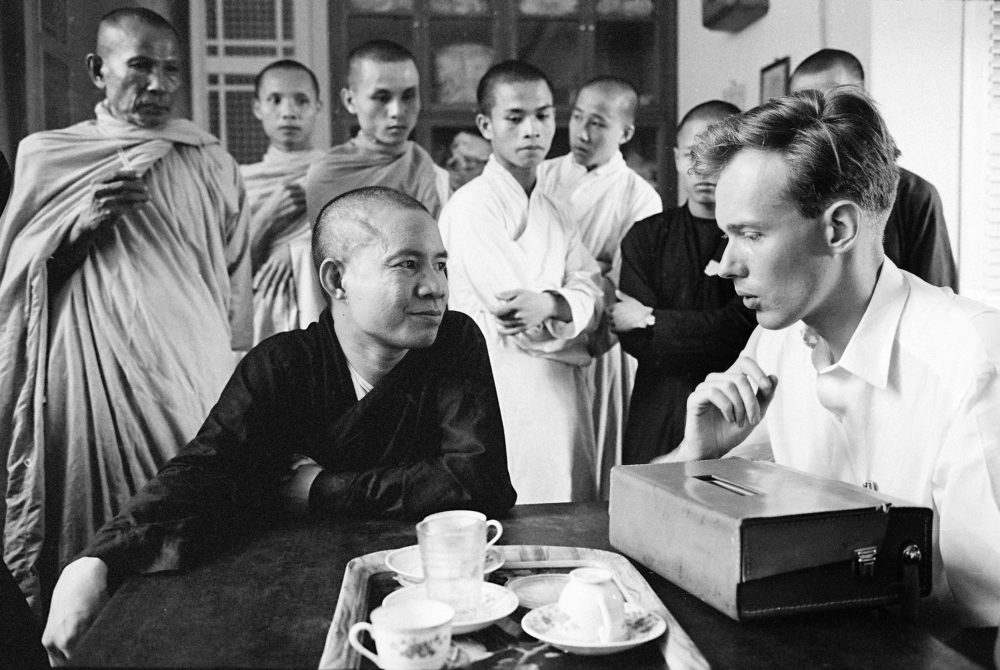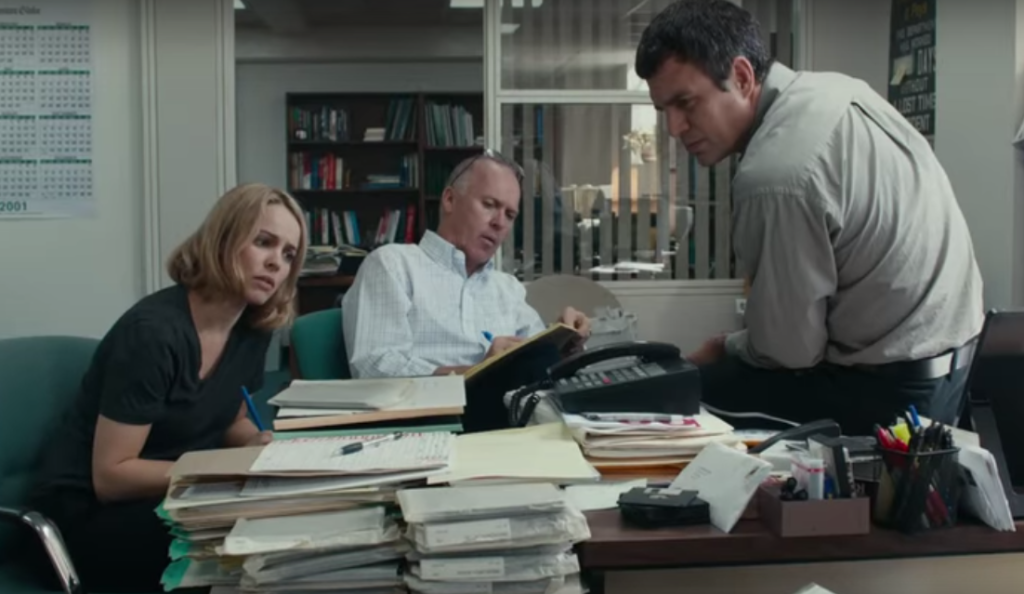
The documentary Like a Rolling Stone: The Life and Times of Ben Fong-Torres lives up to its title, which is a very good thing. Fong-Torres, the longtime music editor of Rolling Stone magazine, is an accomplished man in the most interesting times. Like a Rolling Stone is a satisfying combo of Fong-Torres helping to invent rock music journalism, the history of Rolling Stone magazine, and Fong-Torres’ personal journey growing up the son of Chinese immigrants in baby boom America.
For rock enthusiasts, Like a Rolling Stone: The Life and Times of Ben Fong-Torres is filled with nuggets like:
- Ray Charles, having been made comfortable by Fong-Torres, unleashing his resentment of racism and the mainstream co-opting of black music.
- Fong-Torres himself interviewed about his Marvin Gaye interview, the first popular introduction of Gaye and how he thought of his artistry.
- The audiotape of a candid moment ith Jim Morrison, apparently in a liquor store.
Fong-Torres reminds us that the coolest people are those who are not trying to be hip. A humble man among raging narcissists and ever the consummate professional, Fong-Torres behaved professionally even amid the hardest core rock star partying.
As his rock critic protege and now movie director Cameron Crowe describes him, Fong-Tores projects “a lightness and a gravitas at the same time“. The best interviewers are, as is Fong-Torres, good listeners; Fong-Torres’s signature technique has been to follow-up the answers to his question with a simple “tell me more“.
The documentary also gives Fong-Torres the chance to reveal the origin of his puzzling name: His Chinese father came to the US under a false Filipino passport as “Ricardo Torres” to evade the Chinese Exclusion Act.
Like a Rolling Stone: The Life and Times of Ben Fong-Torres is streaming on Netflix.



